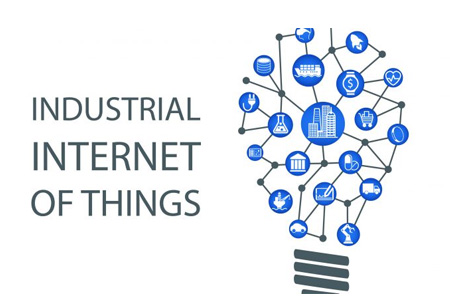THANK YOU FOR SUBSCRIBING
How COVID-19 Encouraged Spike in Online Shopping?
China has transformed the shopping practices of the customers. A report by McKinsey explains the variations in different levels and areas Fremont, CA:

By
Apac CIOOutlook | Thursday, June 11, 2020
Stay ahead of the industry with exclusive feature stories on the top companies, expert insights and the latest news delivered straight to your inbox. Subscribe today.
China has transformed the shopping practices of the customers. A report by McKinsey explains the variations in different levels and areas
Fremont, CA: China has successfully overcome the recovery phase of the COVID-19 outbreak, and many provinces of the country are moving towards normalcy in activities. Factories are reopening and have commenced production, and consumers are beginning to spend money again. However, the pandemic outbreak has had a dramatic impact on the nation’s shopping habits, with hard blows to brands in China and globally. The data collected by Mckinsey reveals that four fundamental shifts are persisting even at present after the virus has abated.
Both nighttime shopping and epicenter spend lagging, whereas offline shopping is slowly recovering
Offline consumption has slowly started to recover after decreasing to around 39 percent of normal levels during the highest level of the outbreak. Many local authorities have freed up restrictions from the first week of March by allowing shops to greet customers who had been isolated in their homes for more than six weeks. Despite the slow rebound, there were many other significant disruptions, amid continuing pressure on several discretionary categories. Supermarkets, convenience stores, and drugstores experienced a spike in business during the time of crisis, as the consumers stocked up on essentials.
Switching Channels to online, offline convenience, and drugstores
A widespread trend that emerged during the crisis was the growth of online shopping, which benefited from the lockdown, and the continued reluctance of consumers to engage in-person with sales and service staff. In the grocery category, the demand spiked among online shopping, with consumers spending enough time and money online. Almost 74 percent of consumers purchased extra groceries at the peak of lockdown.
Health and fitness is here to stay
COVID-19 has created such an impact on the citizens that the importance of staying fit and healthy has become the key attitudes that were reflected in shopping behaviors that were monitored in the last few weeks. The demands grew higher for groceries such as fresh vegetables, dairy, and eggs, causing a 25-30 percent hike in the sales during the initial recovery phase when compared to before the crisis. Supermarket and convenience stores exhibit that, apart from fresh food, popular items during this period of the crisis were grains, ready-to-cook meals, packaged food, and snacks. Even though the demand for these staples softened recently, the stores are still running above pre-crisis levels. A reduction was noticed in demand for personal care products and cosmetics in January, and these categories are recovering the slowest pace.
Decreasing loyalty in offline shopping, mostly offset by online engagement
Chinese customers have been more than willing to give a chance to newer brands and stores considering the physical restraints experienced during the crisis. After the peak crisis, more than 14 percent did not plan to revert to their previous store choices, and about six percent of customers do not intend to return to their selection of prior brands. To further dwell with the dynamics, the categories that experienced full blow such as apparel have ramped up their digital activities and equipped with newer online marketing strategies.





